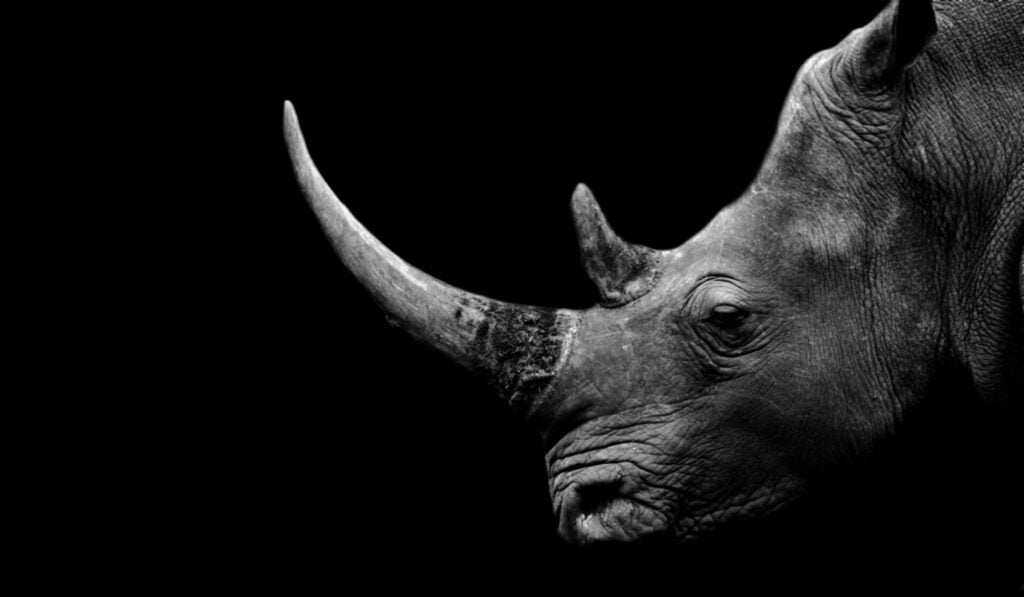The world’s favourite hot beverage, according to the British Coffee Association at least, is coffee. Two billion cups are consumed each day. Whether it is the global hot beverage leader is debatable though, as market research firm Euromonitor International insist that 3.7 billion cups of tea are drunk every day. What isn’t in dispute is that coffee consumption has been steadily growing over the past decade, peaking in 2018/19 when 168.49 million 60kg bags of beans were consumed.
The coffee industry worldwide is projected to grow around 4-5 per cent from 2023 to 2030 and by 2030 is anticipated to reach a value of approximately $200-220 billion, with the Middle East, and especially the UAE, among the most crucial coffee markets. Per capita consumption in the UAE is 3.5 kg and the country spends $630 million on coffee each year.

Coffee is one of the great commercial success stories of the past 40 years, thanks largely to Starbucks, the ubiquitous US coffee chain which is generally attributed as being the driving force behind the ‘second wave’ of coffee culture, when consumers were presented with more diverse coffee drinks and flavour experiences.
The inexorable rise from jars of insipid instant to a Nespresso in every middle-class kitchen is under threat: coffee’s global domination could be stopped by climate change
Now almost every main commercial centre from Abu Dhabi to Delhi has a coffee chain in it and the ‘third wave’ is well underway, signified by hipsters with hand grinders and coffee connoisseurship, where beans are ethically sourced from farms instead of countries for their flavour profiles.
Climate Crisis Threat
This inexorable rise from jars of insipid instant to a Nespresso in every middle-class kitchen is under threat however. Coffee’s global domination could be stopped by climate change.
Coffee grows in the Tropics and there are more than 129 species of coffee tree. Despite this, 99 percent of the coffee we drink comes from either the coffea arabica or coffea canephora plants.
Canephora produces Robusta beans and is hardy, whereas arabica is much more sensitive to climatic conditions and produces Arabica beans, which have a superior flavour profile and account for around 70 per cent of the coffee consumed globally.
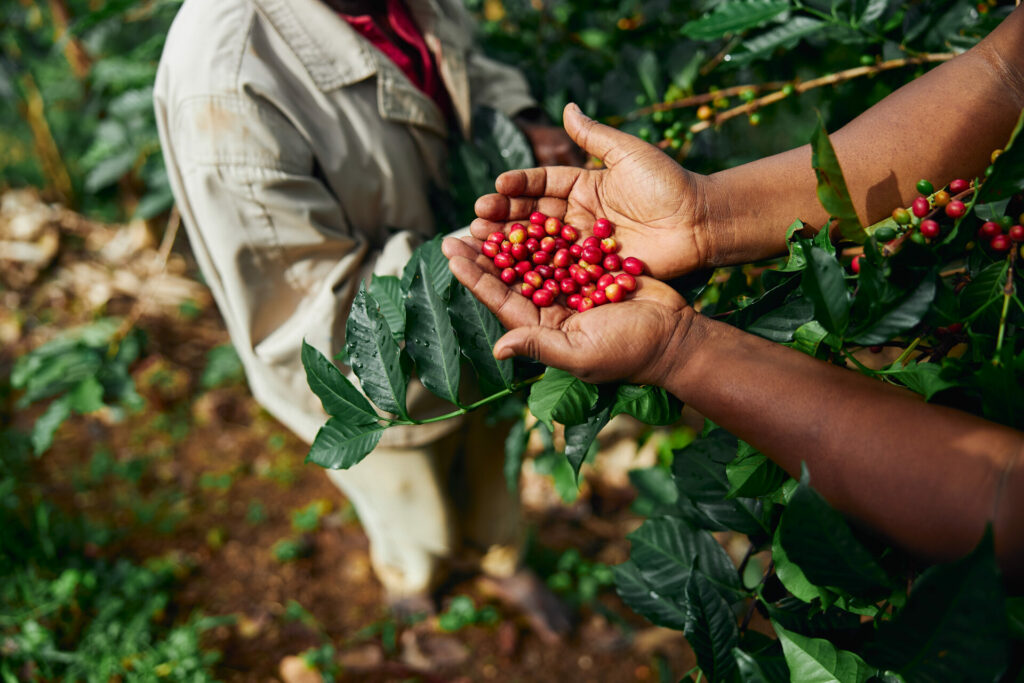
Arabica grows along the ‘Coffee Belt’, which forms an imaginary loop around the planet, stretching from Central America to Papua New Guinea and Australia in the Pacific Ocean.
It requires an annual rainfall of between 1400 and 2000 mm and grows between 1000 metres above sea level up to around 2800 metres, with the highest quality coffees cultivated at high altitudes.
It requires temperatures of between 18°C and 21°C. It can tolerate temperatures up to 24°C but higher temperatures affect yields.
It is this list of very specific conditions for growth that means the king of beans becomes harder to cultivate when the climate becomes unpredictable. Indeed, for the last decade a series of inclement weather events have had a dramatic impact on the coffee in your cup.
‘Brazil, Vietnam, Indonesia, and Colombia could see a significant decrease in size in the area available for coffee production [because of climate change], while the US, Argentina, and China, may see an increase in suitability’
Tom Haigh, Head of Marketing and Sustainability at UK-based global coffee trader DR Wakefield, explains that unpredictable weather patterns are increasingly affecting coffee yields and the lives of those who rely on the crop for their livelihoods.
‘This has been taking shape in many forms over the last decade, from the increased extremity of weather events such as droughts and weather events like Cyclone Yaku, which destroyed coffee farms in northern Peru as recently as March this year, to the outbreak of fungal diseases such as coffee leaf rust, which affected half of Central America’s growing regions in 2012,’ he says.
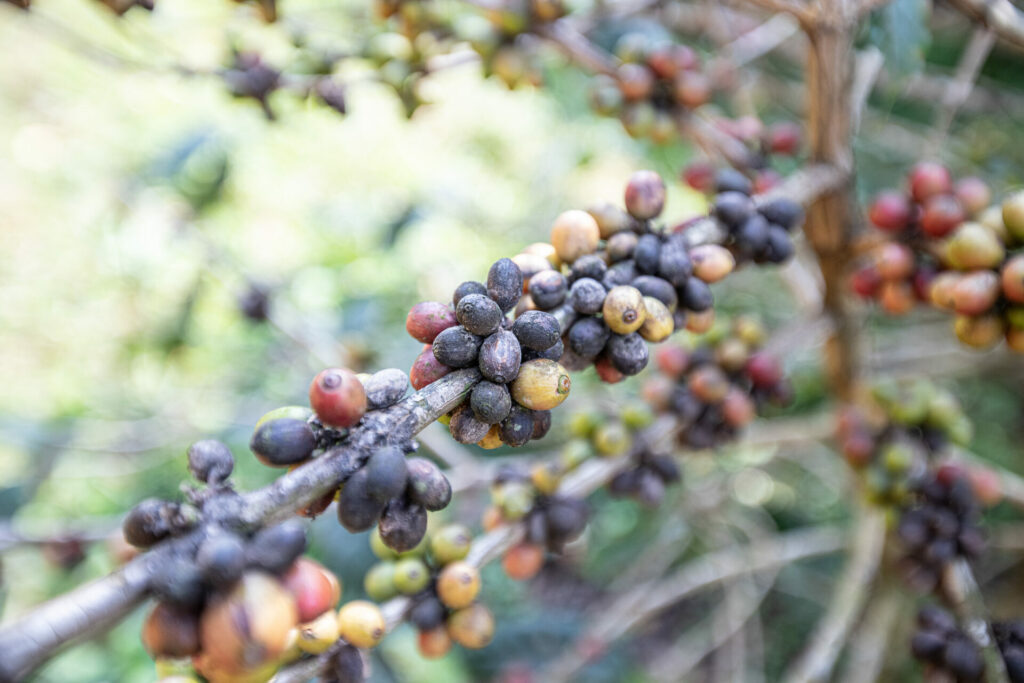
‘From recent origin visits, we’ve heard directly from producers that seasonal weather patterns are increasingly unpredictable due to climate change, which makes producing coffee difficult.
‘These extreme events also have an impact on people as well as the landscape. They may contribute to the migration of those seeking security, resulting in a need for more workers and pickers in some areas. It’s hard to say which regions are most affected due to the number of partners we work with globally and the complexities of the planet’s systems. Still, we’ll likely see this in areas across all coffee-producing origins.’
Coffee Drought
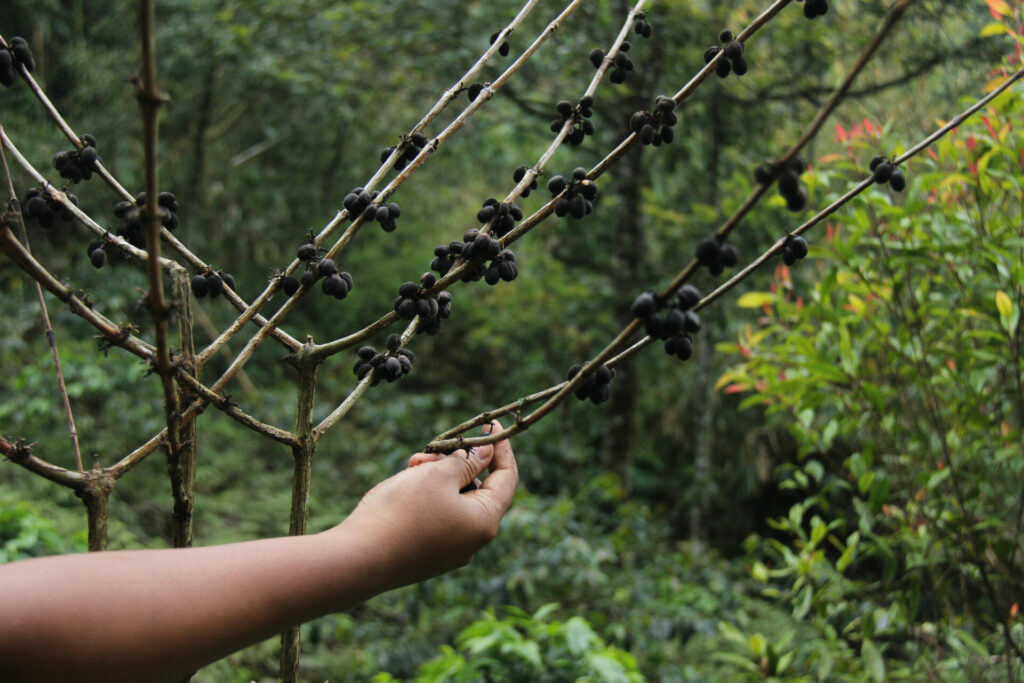
The effects of climate change on coffee production are complex and multifaceted. Not only do factors such as higher temperatures, droughts and floods affect yields directly, they can also increase the risk of pest and disease outbreaks or force growers to seek land at higher altitudes, which in turn leads to deforestation.
Climate changes also affect the maturation of coffee cherries and the development of the beans inside. If conditions become too hot or dry, the beans may mature too quickly, resulting in a lower-quality product. In addition, changes in precipitation patterns can affect the timing and duration of the harvest.
‘As coffee cultivation changes with the planetary crisis, coffee’s taste may change too. A lot of work is currently being done in coffee genetics and climate resilience’
While some regions may benefit from increased temperatures and longer growing seasons, many areas are likely to experience decreased productivity and lower quality.
As Tom explains: ‘Research suggests we will see a significant change in land use as the world warms. Even if we limit global warming to 1.6°C, the regions currently suited for growing coffee could decline by over 50 per cent by 2050, as the minimum altitude for growing coffee rises.
‘A 2022 study suggests that four out of the top five coffee-producing countries – Brazil, Vietnam, Indonesia, and Colombia – will see a significant decrease in size in the area available for coffee production, while other countries, such as the United States, Argentina, Uruguay, and China, may see an increase in suitability.’
Price Impact
Consumers are already seeing an impact on the prices they pay for a cup. As climate change impacts coffee production, there is an increased risk of supply shortages, which can lead to higher coffee prices. In recent years, coffee prices have been volatile due to climate-related factors such as droughts in Brazil, frost in Colombia, and heavy rains in Central America.
‘The coffee market is a mechanism influenced by speculation as much as supply and demand, so it’s hard to understand precisely how it is affected by climatic events,’ says Tom. ‘However, weather events certainly can impact the coffee market and the price of coffee.
‘In July 2021, for example, Brazil experienced severe frost following a drought which looked to damage plants to the equivalent of around 12 million bags of coffee. As Brazil is the world’s leading coffee-producing country, the resulting speculation drove the coffee market to the highest price in over six years.
‘These events have an overt impact on the price of coffee. But there might also be additional consequences of climate change that are less obvious, such as agricultural inputs for new varieties and higher cost of production, that could also contribute to coffee prices in the future.’
Drought and Heat Resistant
To mitigate the impact of climate change on coffee production, growers are being advised to use trees to keep plants cooler, improve soil quality, and select coffee varieties that are more resistant to heat and drought. Additionally, there are ongoing efforts to develop new coffee varieties that are better adapted to changing climatic conditions.
‘As coffee cultivation changes with the planetary crisis, coffee’s taste may change too,’ says Tom. ‘Much work is currently being done in coffee genetics and climate resilience.’
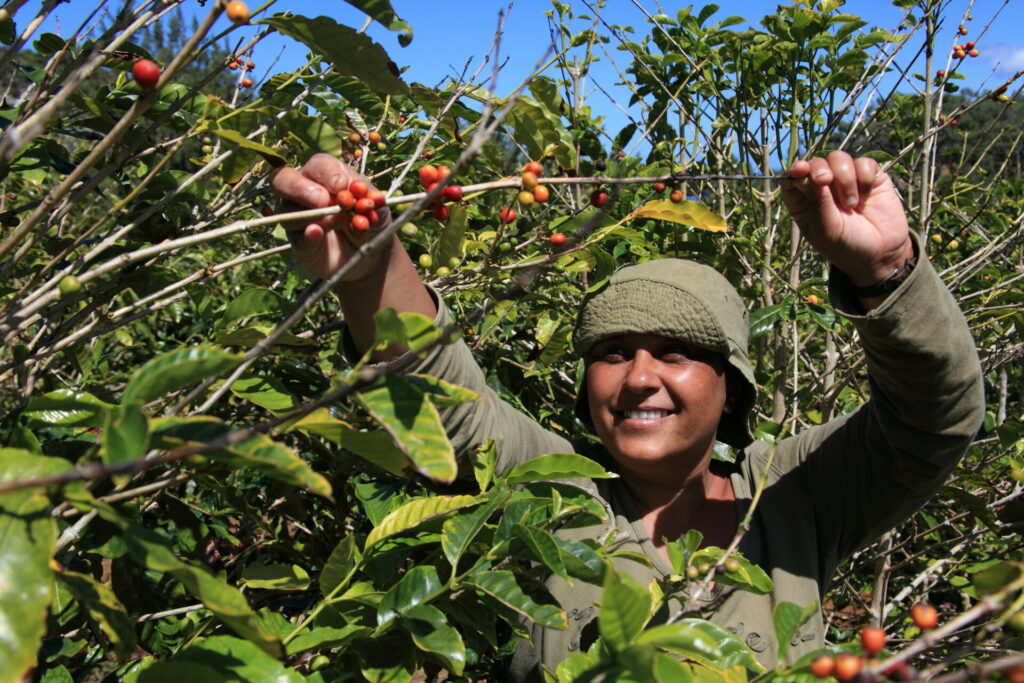
Indeed, science may provide the answer. Currently World Coffee Research’s International Multilocation Variety Trial is working to understand the world’s best-quality varieties and their performance in different countries. Additionally the F1 Hybrid Trial looks at high-quality climate-resilient varieties.
‘These may unlock new understanding in this area and create new tastes in coffee, as well as opportunities for producers to continue to grow it,’ adds Tom. ‘There’s also the prospect of coffee species that are more climate-resilient than Arabica.’
While 99 per cent of the coffee we drink still only comes from two varieties and Arabica remains favourite, a species recently rediscovered in Sierra Leone, Coffea Stenophylla, has the industry excited as it can be grown at higher temperatures yet demonstrates similar sensory qualities to Arabica.
‘We’re some time away from understanding whether this is a viable alternative for coffee producers, but it will be something to watch out for in the future,’ says Tom.
The future of coffee production is uncertain, but it is unlikely that coffee plants will become extinct. However, the industry needs to adapt to the changing climate to ensure the long-term sustainability of coffee production and the continued supply of your morning brew.











